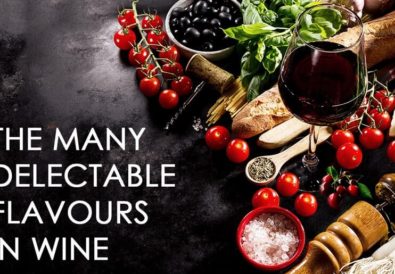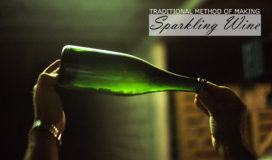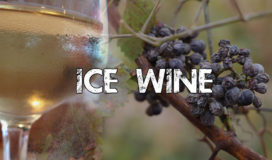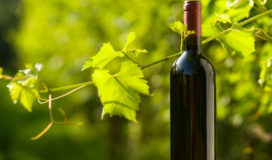One of the hardest wines to produce, ice wine is a type of dessert wine, produced from frozen grapes. To be precise, the grapes have to be frozen while still on the vine before they are picked for producing ice wines. This task requires precision and careful timing. Before we get to more details, let’s discuss the fascinating history behind these wines.
We will never really know when the first ice wine was made. It is speculated that frozen grapes were used to produce wine in the Roman times. While frost-covered grapes have been referred to by Pliny the Elder, the Roman author, the winemaking details or descriptions of these wines are unknown. More particularly, the first properly documented ice wine was made in 1794, in Germany, when winemakers were ‘forced’ to use frozen grapes. The result was a drink with an unusually high sugar content.
A Dessert Wine, or not
With an amazing sugar content, ice wine makes as a lovely dessert wine. However, the sweetness does not mean that it’s overwhelming, for it is balanced by an equally high acidity. The flavour profile of the wine depends on the grape used for it – Riesling, Gewürztraminer, Chenin Blanc, Cabernet Franc, Merlot, or any other. While one can pair dessert with ice wine (considering that it is a dessert wine), the expensive pricing means that it might be a good idea to enjoy it without any food accompaniments. Regardless, if you decide to pair the wine with a dessert, pay attention to the grape used. For example, an ice wine made using Cabernet Franc grapes would go well with berry-flavoured dishes, like a strawberry panna cotta, Nova Scotia blueberry cream cake, and so on. Similarly, with Riesling being a very fruity wine the pairing will be with its associated flavours, like pineapple or citrus desserts.
Canada is the world’s largest ice wine producer. If you fancy some ice wine and can’t get your hands on it, go for a late harvest wine instead. All ice wines are, after all, late harvest wines, though not all late harvest wines are ice wines.

















Pingback: A Guide to Noble Rot Wines | All About Wines and Wineries of Australia - Get Wined!
i used to get ice wine when we lived in queensland. it was in a blue bottle and really refreshing with a slice of lime and straight from the freezer. cannot get it here in wa. do you sell it? if you do can i put in an order for the next harvest please
Hi, Can the term Ice WIne be used by Australian producers? Is the name protected in the same way as Champagne?
Pingback: A Guide to Noble Rot Wines | Just Wines Blog